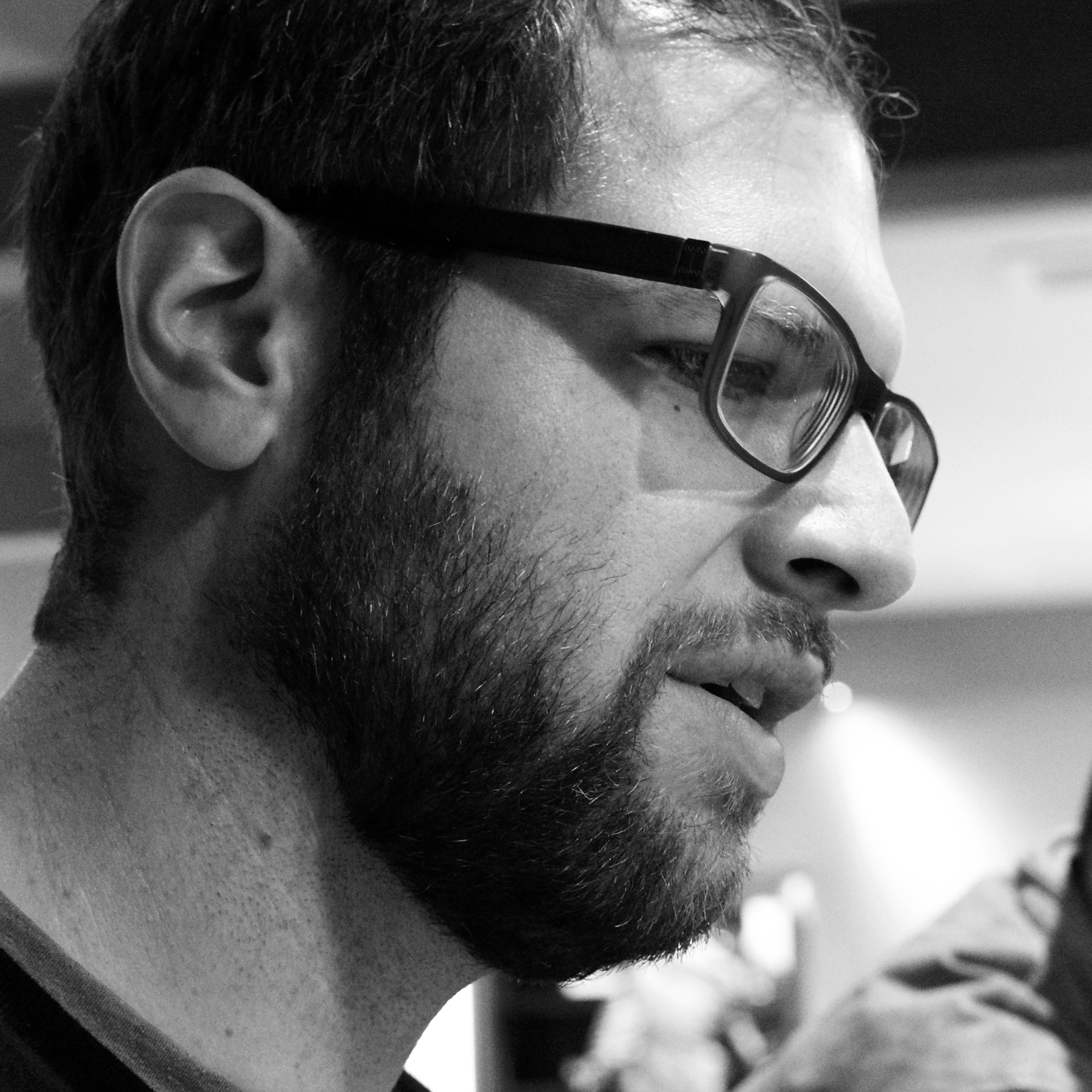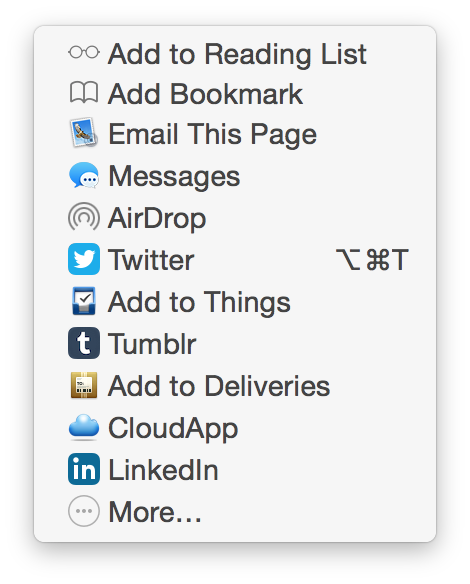Every so often there’s some kind of trigger event that rekindles my interest in the horribleness of the Star Wars prequels. There’s something about the complete train wreck of those movies that makes me love to hate them. The most recent episode of The Talk Show has once again brought forth the anger, which leads to hate, which leads to… oh whatever.
Some prequel criticism I recommend include all relevant episodes of The Incomparable, the highlight of which is the always astute criticism of John Siracusa. I also recommend a seven part video review by Red Letter Media. There are also reviews of Episode II and Episode III.
I also started hunting for some criticism from 1999 when the movie was released. My recollection is that reviews generally ranged from lukewarm to positive, so I was curious who got it right at the time. I came across a review by Eli Roth, writer and director of Hostel, that pretty much nails the problems with the movie:
By the end of the film I was so disconnected from any of the characters that I really couldn’t have cared less about any of them. Watching an army of computer generated aliens fight an army of computer generated robots is boring after five minutes. None of it’s real, and you can’t even let yourself believe it’s real because there’s just too much computer generated imagery. What’s Lucas got against puppets? Halfway through the film I was bored–the story just isn’t very interesting at all. Forget the fact it’s too confusing, forget the fact the dialogue is embarrassing, the film doesn’t even follow it’s own logic. We meet young Anakin Skywalker and go to his house on Tatooine. He’s a boy genius who’s building his own robot named C-3PO. What? Excuse me? Are you telling me that Darth Vader built C-3PO? And 3P0 grew up on Tatooine? In the first Star Wars, when R2 and 3PO land on Tatooine they make it very clear that they have no idea where they are. They’ve never been there before, so how could they have grown up there? It’s obvious that Lucas wanted to throw the droids in, which gave me some sense of familiarity, but the way he used them makes no sense, even within the logic of Star Wars. Another major problem with The Phantom Menace is that Lucas casts great actors and gives them nothing to do. Save for a few light saber fights, Liam Neeson wanders around Tatooine for most of the film. And why is Sam Jackson in this movie? Not that he’s not a great actor, but he’s in the movie for five minutes and he just sits around talking. I’ve seen him in too many movies to buy him in the “Star Wars” universe. I just kept picturing him ending every sentence with “muthafucka!” However, this isn’t really Sam Jackson’s fault, since Lucas couldn’t come up with anything interesting for the character of Mace Windu, except to sit around and spout out preachy dialogue. The Jedi knights sit around in a room philosophizing about stuff. It looks boring as shit. The acting on the whole was good, but again, with Ewan MacGregor, Lucas makes him, literally, sit around and wait for Liam Neeson. MacGregor’s great as Kenobi, but most of the film he sits on the ship while Liam Neeson walks around Tatooine trying to get parts to fix the ship. Whereas all three Star Wars films were different in structure, The Phantom Menace follows the same blueprint as Jedi. There’s a battle on land with cutesy animals, a battle in space with fighters trying to “knock out the shield,” and a light saber fight all happening simultaneously. Here was the only interesting part of the movie: Darth Maul. Lucas created a wonderfully dark, mysterious character and decided to put him in the movie for about twelve minutes. We never learn anything about him, he’s just a bad guy who appears to be the only one who can take on Qui Gon and Obi Wan. The scenes he’s in are great, and it gave me a really good idea for a Halloween costume, but you will make yourself insane trying to figure out why Lucas had so many scenes with Jar Jar Binks, and so few with Darth Maul.
I was so angry after the film I wanted to punch someone in the face.





